|
by: Sarah Momo Romero A couple of weeks ago, I received package in the mail from my book buddy, Emily. I eagerly opened the box to find a beautiful wordless picture book she bought for me in Portugal. This wonderful surprise got me thinking about artwork, illustration and color. What draws a viewer or reader to a particular work of art or picture book? What are the other crucial aspects of storytelling when there are no words on the page to guide the story? So this month, I am sharing some beautifully illustrated wordless picture books, and the powerful elements to clearly depict a story when the illustrations do all the legwork. Character A distinct character is one of the most important things in a wordless picture book. Without one, who will the reader follow from the first page to the last? When there is no “voice” to read, how will the story capture the reader’s interest to turn the page to see what will happen next? In Vazio, the picture book gift from Portugal by Catarina Sobral, the character is actually the absence of one. Vazio means empty, a theme that carries through different aspects of the book. The character is visually empty, but as we take in the beautiful, textural artwork on each page, we realize he is also empty of friendship and love. Even in the absence of word, this emptiness is obvious in the simple but whimsical scenes we see our character traverse. And in the end, there’s nothing more satisfying than the magical moment when we realize, maybe we are not empty and alone in the world afterall. Our empty character conveys all of this without a word throughout the book. Color Color is everything in a wordless picture book. Dressing a main character in red, using a neutral color palette for a mysterious presence, or playing with all the colors imaginable for a fun-filled world of visual eye candy to discover are all elements of color successful wordless picture books take advantage of. These visual clues move the story forward and give the reader clues on what to pay attention to, whether they are aware of it or not. In Wolf in the Snow by Matt Cordell, we are drawn to the color red of the main character against the grey and white snowy setting. And Little Fox in the Forest by Stephanie Graegin creates the coolness of early morning with the blue and grey tones, and the warm afternoon sunshine with illustrations using the full color spectrum. Boat of Dreams by Rogerio Coelho uses neutral and brown hues for a nostalgic feel to a boy’s adventures on a flying ship. Setting Atmosphere and a sense of place are important in all types of picture books, but with wordless pictures, readers pay extra attention to each spread, looking for the little details behind the story. Children will especially love the secondary stories held within each page in wordless picture books. Find Me: A Hide and Seek Book by Anders Arhoj takes full advantage of creating a unique setting for every illustration, allowing the viewers to discover all the characters and mini-scenes on each page and get lost in each world while trying to find the main character And if you’re new to wordless picture books, you absolutely must check out Journey, Quest and Return by Aaron Becker. This is an absolutely stunning trilogy of picture books with all elements of a successful wordless picture books, all beautifully woven together and deserving of a blog post all its own. The wordless picture book is an art form all its own, and an especially difficult feat to master. But as an illustrator, studying a successful wordless picture book with an intriguing story, mood and feeling is a good exercise visualizing elements to bring to our own artwork. Do you have any favorite wordless picture books? Please share in the comments, I’d love to hear them!  Sarah Momo Romero is a Japanese Peruvian American artist, a graphic designer by day and children's book author and illustrator by night. She’s loved drawing and painting since she was a chiquita and now crafts stories of adventure and wondrous creatures. Sarah is an active SCBWI member who draws inspiration from her life in sunny Los Angeles with her husband/creative partner and dog/infamous escape artist, Peanut. Look out for her first picture book, "Wake Up, Little Bat!" coming out in the Fall of 2018! You can find more of Sarah's musings and drawings here: www.sarahmomoromero.com Facebook: Sarah Momo Romero + Instagram: @sarahmomoromero + Twitter: @sarahmomoromero by Bryan Patrick Avery In magic, as in life, things aren’t always what they seem. That’s part of what makes magic so astonishing, and enjoyable. One of the reasons the sponge ball trick has stood the test of time, and remains an audience favorite, is the surprise the spectator feels when they open a hand they think holds one ball and two, three, or four are there. Because things aren’t what they seem, we’re on our guard, which also means we’re more engaged. The same principle holds true in literature. Stories where the unexpected or unpredictable happen engage readers and pull them deeper into the story. This month let’s look at a couple of books that do just that. Coraline, written by Neil Gaiman, tells the tale of a young girl named Coraline, who is, by all accounts, an ordinary girl. When she finds a special door in her very ordinary house, she encounters a house very much like her own, complete with another mother and another father. She loves it at first and feels loved. It doesn’t take long, though, before she realizes that this new house is anything but wonderful and wants nothing more than to return to her old house, and old life. What makes Gaiman’s novel so compelling are the little touches he adds to the characters and the setting that are very unexpected. So much so, that I’ll not spoil the story by revealing them here. I’d encourage you to read it for yourself, if you haven’t already. Gaiman’s work is both compelling and creepy, with a heroine you just must root for. Just a surprising, though nowhere near as creepy, is The Princess in Black. Written by Shannon Hale and Deal Hale, and illustrated by LeUyen Pham, this is not your typical princess book. Sure, it begins with Princess Magnolia having hot chocolate with a Duchess. It doesn’t take long, though, for the reader to discover that Princess Magnolia has an unexpected secret: she is also the monster-fighting Princess in Black. Along with her horse, Blacky, the Princess in Black jumps into action when a monster wanders into town. One of the storylines that adds suspense to the tale is the question of whether anyone (such as the Duchess) will discover the Princess’s secret. This is a great way to keep the reader engaged in the story and add a bit of suspense. I should note, there are a number of books in the Princess in Black series. They’re all well worth the read for a great example of using the unexpected to make a story strong.
Well, that all for this week. Happy writing, and have a magical month! by Melissa Stoller Page turns in picture books are crucial. Well-placed page turns act as cliffhangers, encouraging the reader to continue reading. They can create anticipation, drama, humor, surprise, and suspense, and help control the pacing of the story. Words and illustrations each have a role in developing an effective page turn. Specific words such as until, then, and but, and the use of ellipses, signal an upcoming page turn. Another page turn technique occurs when an author asks a question on one page, and provides the answer on the next. Cause and effect language also encourages the reader to keep flipping pages through the book. Illustration also plays a large role in highlighting a page turn. Illustrations can keep a scene moving toward the right direction so that the reader absolutely must turn the page. An illustration can feature a comical scene where the reader joyfully flips to the next page to see the result. Also, an illustration can start on one page and end on the next, encouraging the reader to turn the page to visually see where the story is going. Using words and illustrations effectively to transition from page to page enhances the readability of picture books. Here are five of my favorite page turns from 2018 debut picture books (to get the full effect, you must read the whole book!): 1) “No matter what Rabbit did . . . / Possum didn’t stir until there was a rustling in the bushes.” Rabbit & Possum, by Dana Wulfekotte. Readers want to see what’s in the bushes. 2) “Uh-oh. Shutters bang. Sun hides. Clay dust stings. Sky falls. Fini? Game over? / ‘No way!’” The Field, by Baptiste Paul, pictures by Jacqueline Alcantara. Readers will turn the page to see whether the game continues. 3) “Snow! Snow. / Coat. Scarf. Hat. Mittens. Boots.” Snow Sisters, by Kerri Kokias, illustrated by Teagan White. The beginning of this clever book features the same word on facing pages. On one side, “snow” ends with an exclamation mark, and on the other, with a simple period. The reader will turn the page to find out what comes next on this snow-filled day. 4) “Then Charlotte thought of something. If the doll could talk, then it must have a . . . / Power supply.” Doll-E 1.0, by Shanda McCloskey. Readers will turn the page to find out what the doll can do. 5) “‘This is not a bedtime book.’ ‘We don’t do bedtime.’ / ‘There is no room for toothbrushing and bath time in this book.’” Penguin & Tiny Shrimp DON’T DO Bedtime!, words by Cate Berry, pictures by Charles Santoso. Readers will turn the page to see if the characters are successful at avoiding bedtime. * * * When drafting your picture book manuscript, pay close attention to page turns. Think about creating a book dummy, laying out the words and illustrations so you can visualize the pacing. Proper page turns will create excitement and suspense that will encourage the reader to turn the page . . . and continue reading your story, again and again! BIO: Melissa Stoller is the author of the chapter book series The Enchanted Snow Globe Collection - Book One: Return to Coney Island and Book Two: The Liberty Bell Train Ride (Clear Fork Publishing, 2017 and Summer 2018); and the picture books Scarlet’s Magic Paintbrush and Ready, Set, GOrilla! (Clear Fork, Summer and Fall 2018). She is also the co-author of The Parent-Child Book Club: Connecting With Your Kids Through Reading (HorizonLine Publishing, 2009). Melissa is an Assistant for the Children’s Book Academy, a Regional Ambassador for The Chapter Book Challenge, an Admin for The Debut Picture Book Study Group, and a volunteer with the Society of Children’s Book Writers and Illustrators/MetroNY. Melissa has worked as a lawyer, legal writing instructor, freelance writer and editor, and early childhood educator. She is a trustee at The Hewitt School and at Temple Shaaray Tefila. Melissa lives in New York City with her husband, three daughters, and one puppy. When not writing or reading, she can be found exploring NYC with family and friends, traveling, and adding treasures to her collections. CONNECT: www.MelissaStoller.com http://www.facebook.com/MelissaStoller http://www.twitter.com/melissastoller http://www.instagram.com/Melissa_Stoller http://www.pinterest.com/melissastoller I'm fascinated by the ways that some romantic and married couples in the children's book field manage to balance the whole work/life thing by working together. Couples like Leo and Diane Dillon met at Parsons Design School in the 1950s when it was a scary thing to be an inter-racial couple (sadly it still is in many places) and opened the doors for other African American artists to follow. They also created some exquisite major award-winning books like these. There's this great quote in Locus magazine that I found here, http://www.librarypoint.org/thedillons "'People often comment on the 'Dillon style.' I think that someplace, the two of us made a pact with each other. We both decided that we would give up the essence of ourselves, that part that made the art each of us did our own. And I think that in doing that we opened the door to everything.”* In the same interview, they spoke of “the Third Artist,” a concept which gave them the freedom to work in tandem while ultimately making a work that was different than either of them would do separately. Radical changes might happen in a design, but it seemed to be the result of the Third Artist’s vision." Another favorite couple is Lane Smith and Molly Leach. Lane is a super generous multi-award winning illustrator (including the Caldecott) and Molly an award-winning designer. Together they helped usher in a new aesthetic in American picture books while creating some of my all time favorite books. I'm so thrilled to say that Lane is a wonderful contributor to our upcoming Craft and Business of Illustrating Children's Picture Books course, where he spoke of things that would be specifically helpful for our students. Sean Qualls is a major award-winning illustrator but recently he and his wife Selina Alko have been writing and illustrating together in delicious ways. Here's a glimpse at some of their work together. Rather than reinvent the wheel, they have a beautiful video on Sean's website where they talk about their collaborative process together. It's really fun to watch. www.seanqualls.com/ This next couple is the dynamic writing duo Miranda and Baptiste Paul. Miranda is a former student who is now wildly successful having worked her butt off writing brilliant stories. I've met her husband Baptiste several times, and like Miranda, Baptiste is one of the nicest people on the planet. I'm so delighted that they are now writing together as well as separately. I just put together this wee video review of Baptiste's book The Field where you can exult in Baptiste and illustrator Jacqueline Alcántara's delightful story of team work and community come rain or shine. And as soon as I get my hands on their new co-authored book Adventures to School I will make a video of it as well. Other former students/friends, Carrie Charley Brown and Kirsti Call have a super helpful blog where they wrote about using this book for a mentor text. It's a terrific article, which I encourage all kid's book creatives to read. And while you are there, think about applying those concepts to your own work. http://www.reforemo.com/2018/05/the-adventures-of-exploring-mentor-text.html My final two couples are also former students. First up is married writing and illustrating duo Jorge and Megan Lacera who are now agented with their first two picture books coming out from Lee and Low. I had the great honor of working with them in the early stages of this book through our illustration course and can't wait to see it finished. I'm really hoping that they will also be joining us in the next course. :) Jorge met Megan at American Greetings in Cleveland, Ohio before having a child together and moving to the West Coast. While they work collaboratively on all aspects, Megan is primarily a writer, while Jorge is a fantastic illustrator. They describe their awesome kid Kai as, "Studio Lacera’s Chief of Research and Story Development in the delightful "About" section of their website. http://www.studiolacera.com/about.html And I have a special treat for our last "couples in kid lit" section. This one's a video interview with former students Chantelle and Burgen Thorne who live out in the wilds of South Africa. I've had the honor of working with them at Spork on yet another former student, Sandra Foreman Sutter's, manuscript, The Real Story of The Farmer and the Dell, which is shaping up to be truly fabulous. We made this interview daylight here, night-time there and as it turns out, having built their amazing home themselves, they mostly use candle light at night so it's a bit atmospheric. They'll be sharing more about their process and techniques in the illustration course (we'll be making the video for that during daylight there). In addition, they are going to also be live mentors to students during one of the Friday Facebook group mentorship sessions. It's super exciting. After we finished the interview, Chantelle brought up the fact that they sometimes do have differences of opinions about how to approach things but after going separate ways to figure it out, they invariably come back to really similar approaches like in these examples here. Weird huh! Can you guess where these characters might be from? If you enjoyed this post, please leave a brief comment and share with your friends <3
|
We are so excited to be mixing things up at CBA, beginning with some delicious additions to the Blogfish. Meet our awesome bloggers!!
Here's our lineup: 1st Mondays begin with former school psychologist Dr. Debra Collins who will be writing about Social emotional Learning in kidlit and behind the scenes as well as Jewish children's books. 2nd Mondays will feature super smart Melissa Stoller whose career is taking off with several new books. 3rd Mondays will feature our new blogger coming soon. 4th Mondays features new blogger, the fabulous Brentom Jackson, who has a beautiful approach to blogging. And 5th Mondays we'll be taking a break Archives
July 2024
|
|
Discover
|
About Us
|
Join Us
Join our Community and receive a fabulous free gift, KidLit tips, newsletters, scholarship info, contests, and more!
Join our KidLit Mentorship |
Social Media
Interact with our FaceBook Group or follow us on:
|
© 2010-2024 All content on this website is copyrighted. Sorry, all courses are non-refundable.
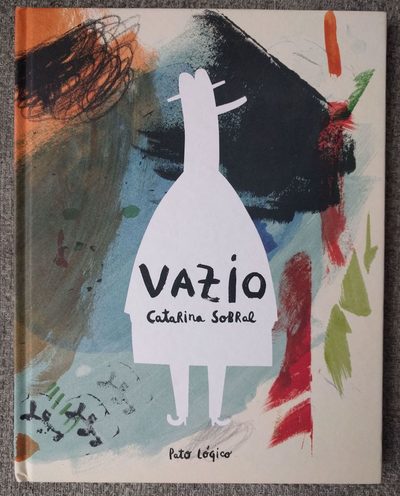
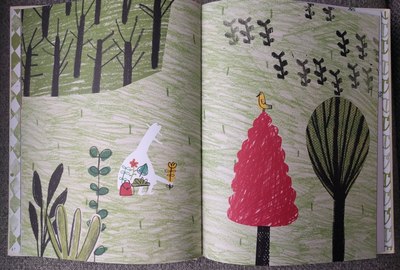
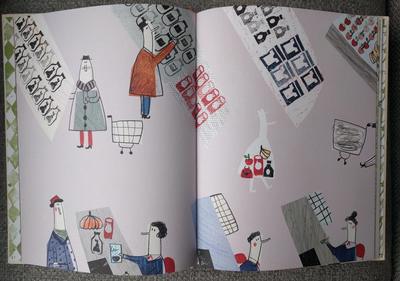
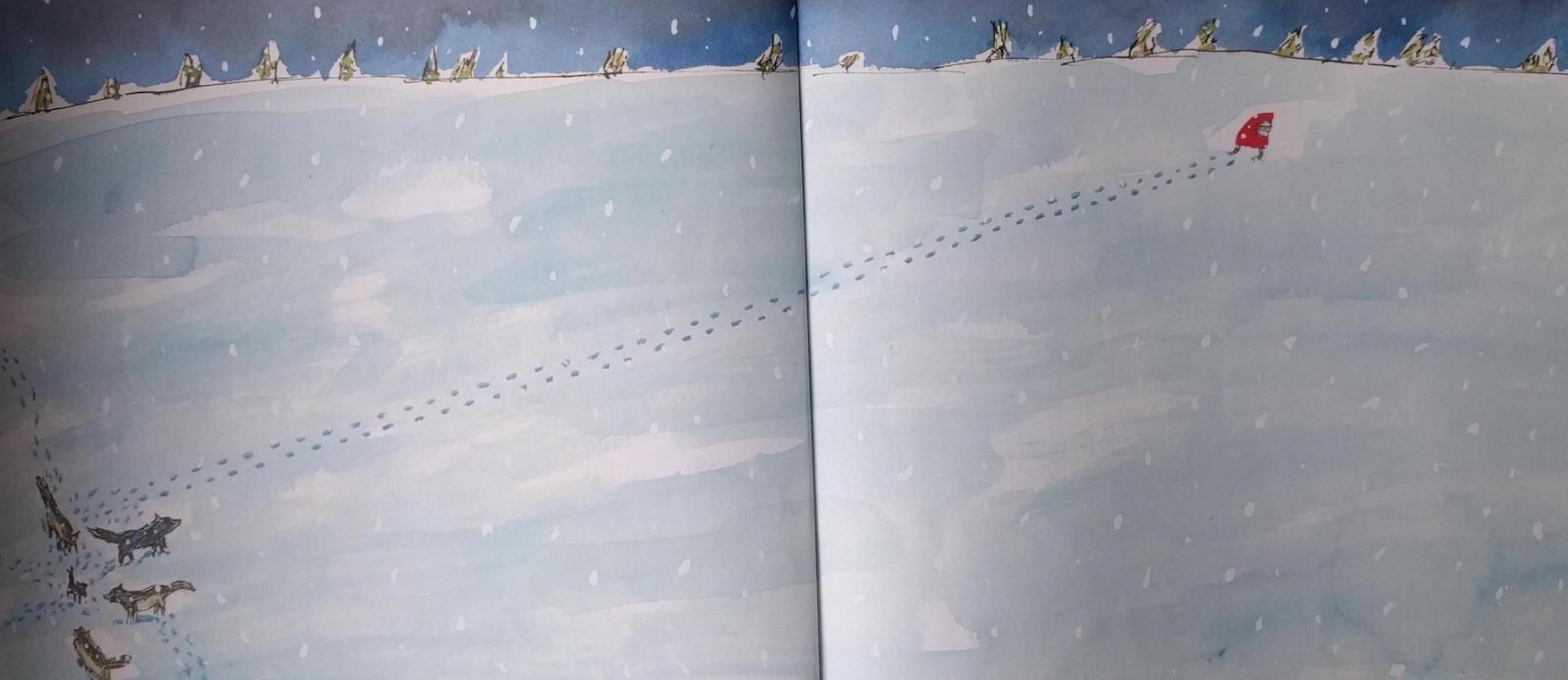
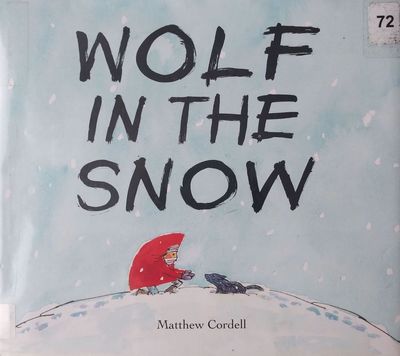
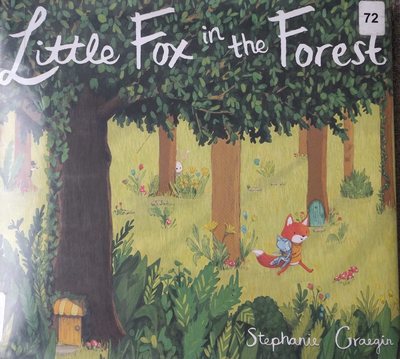
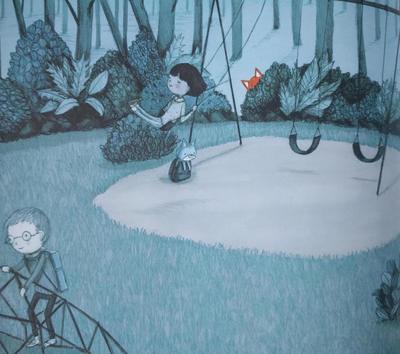
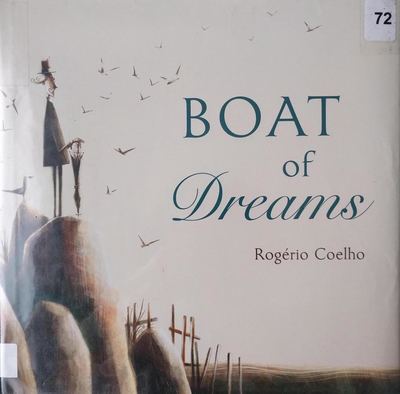
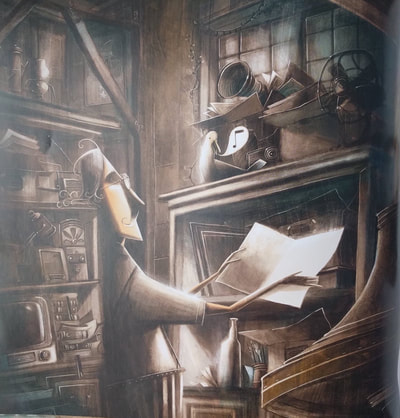
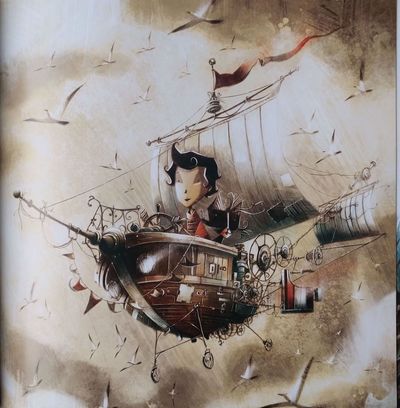
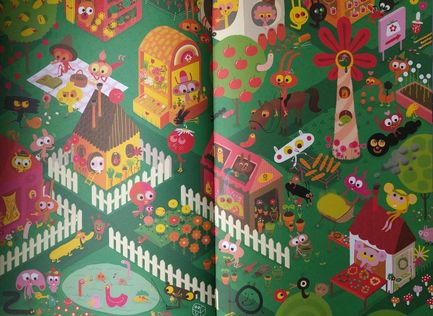
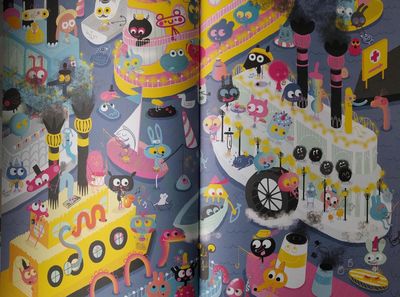
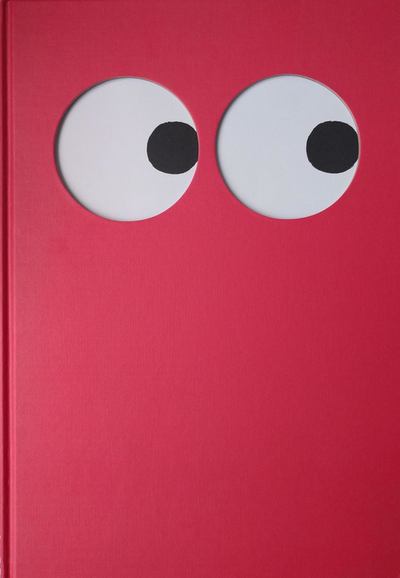
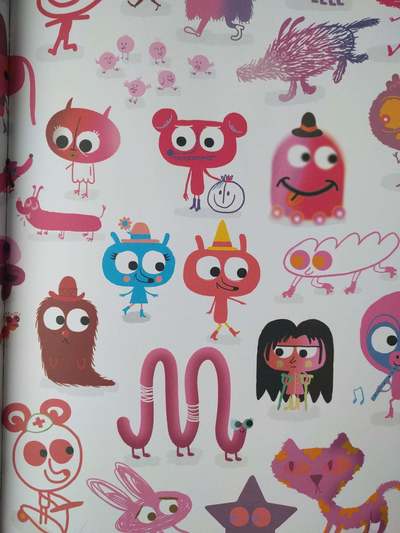
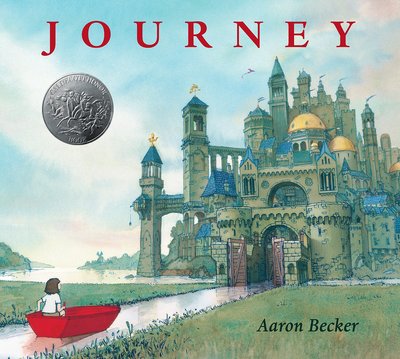
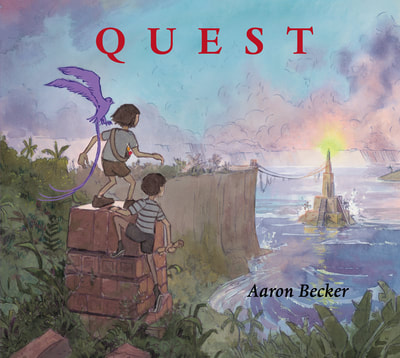
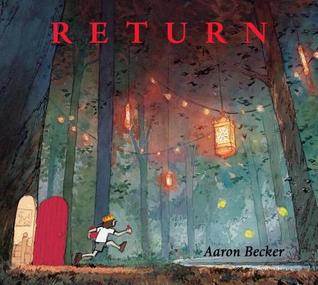
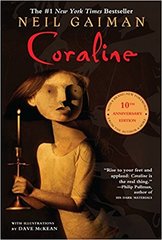
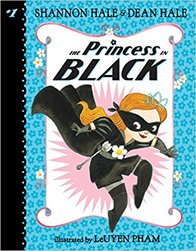
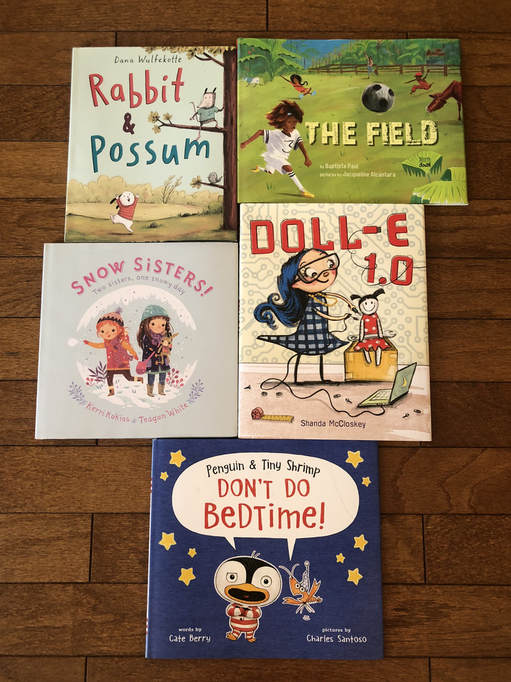
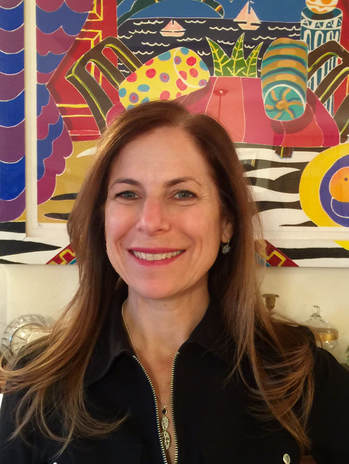
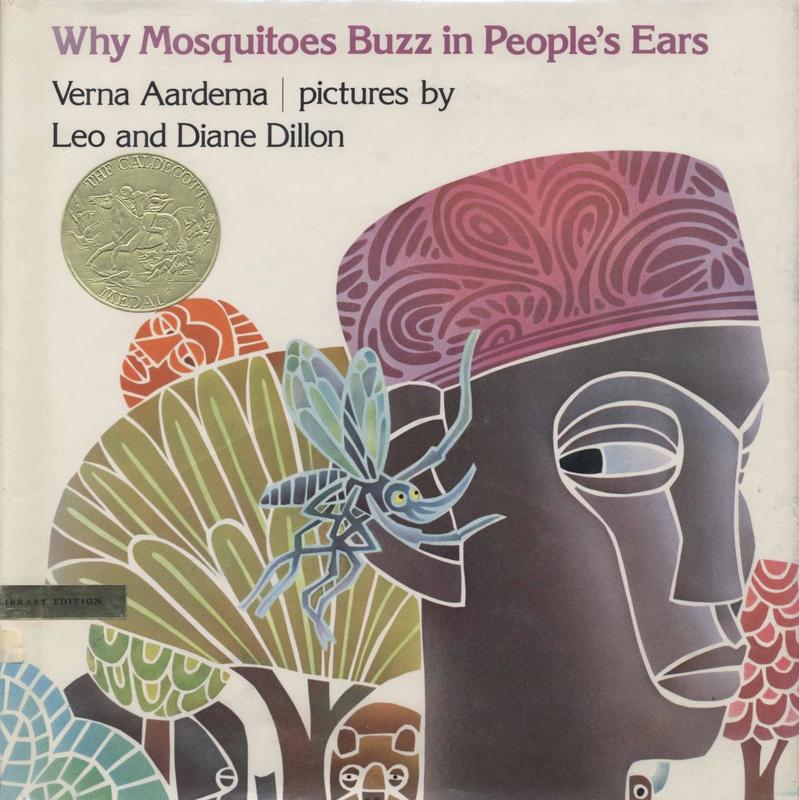
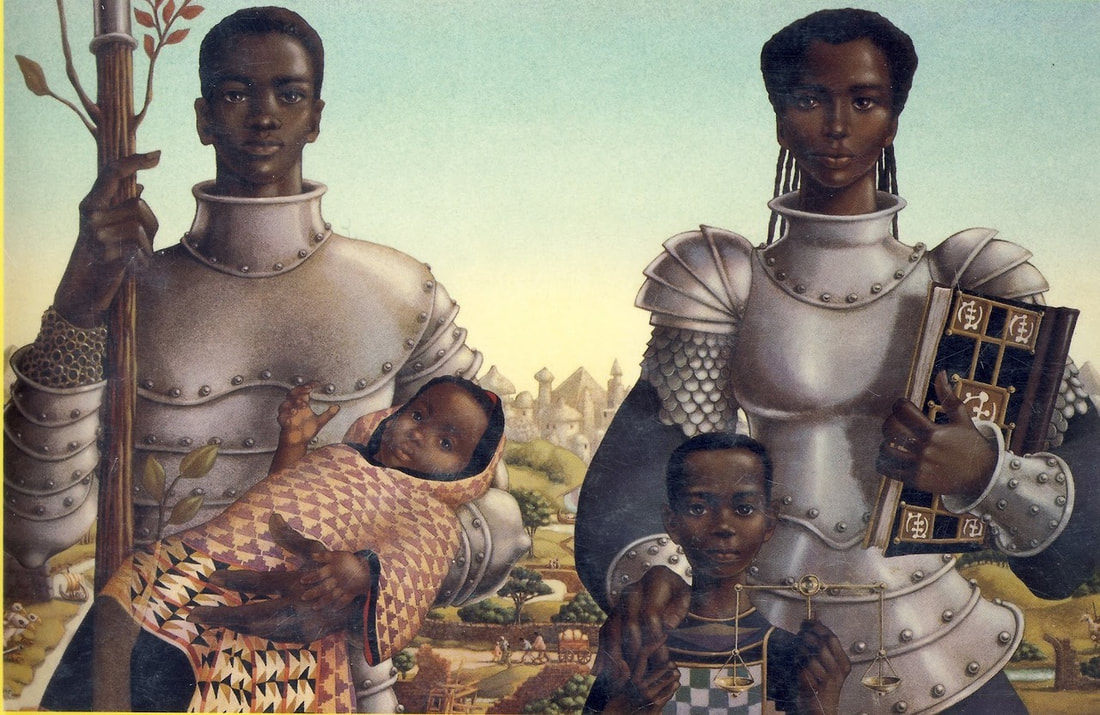
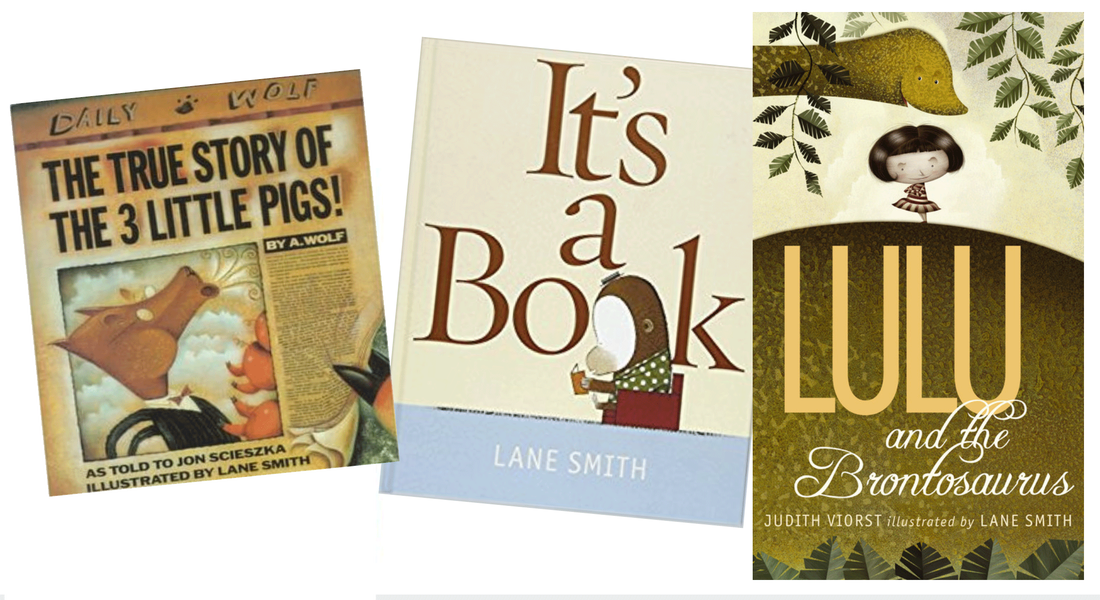
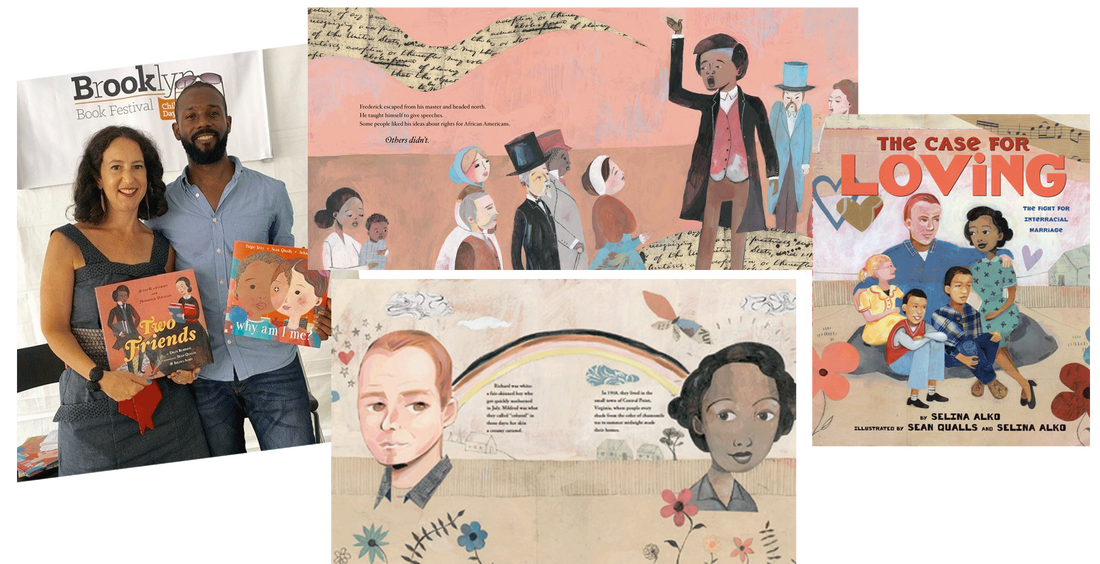
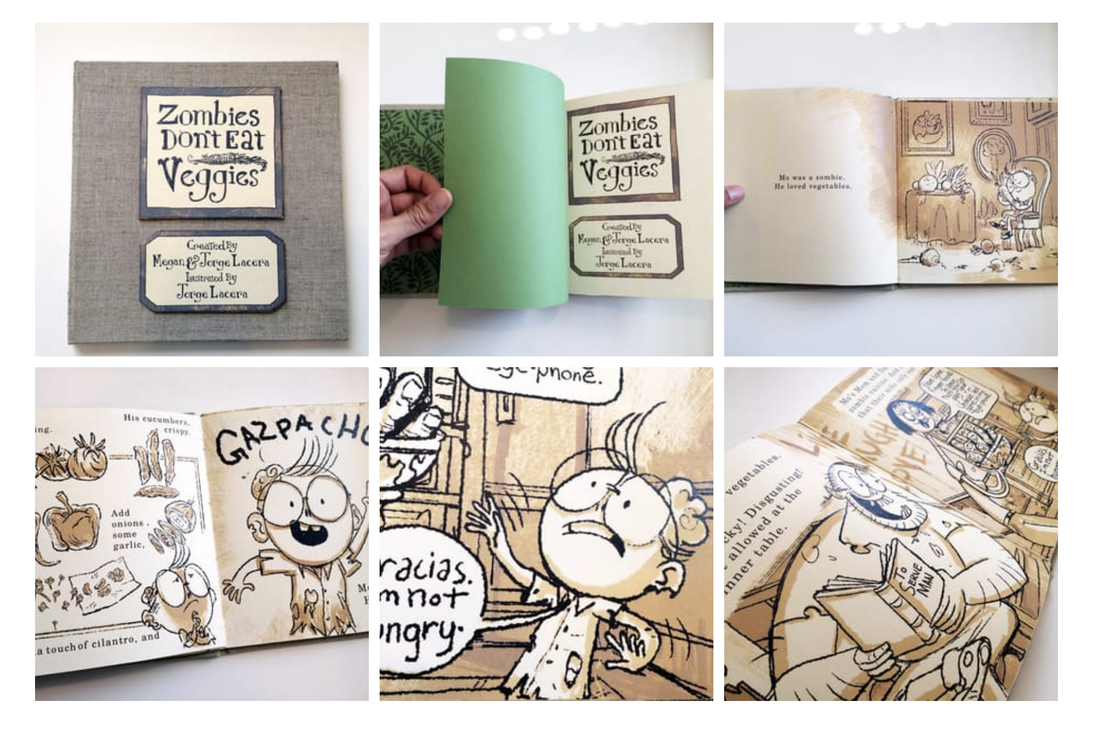
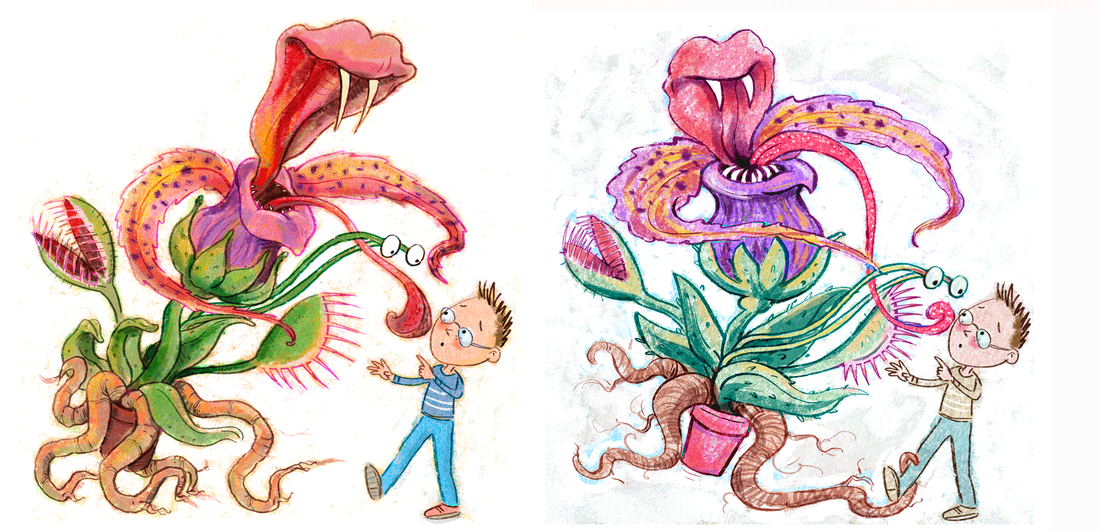
 RSS Feed
RSS Feed
